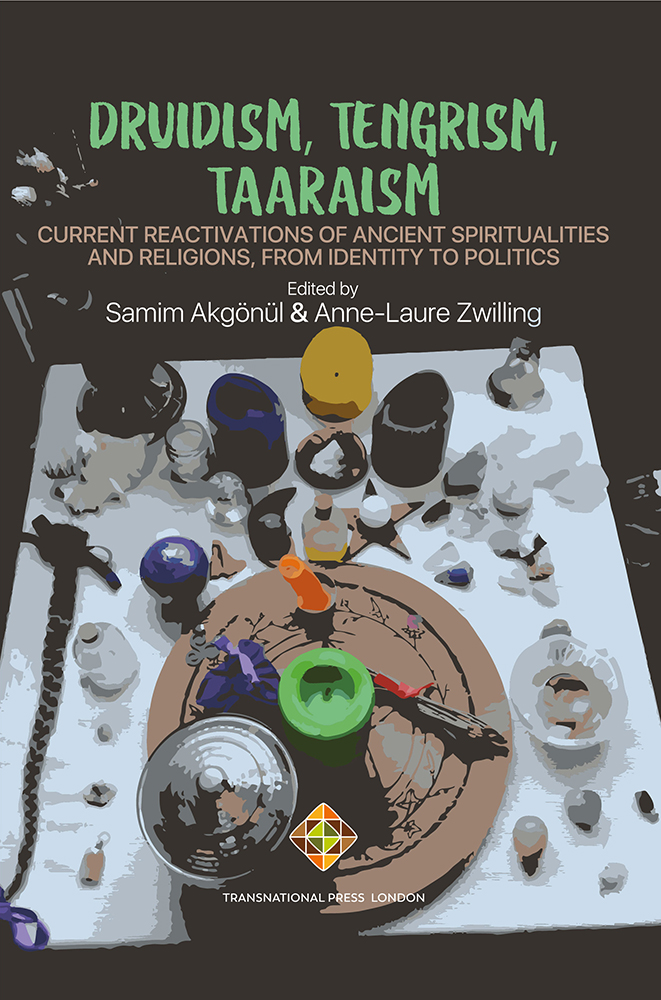Stereotyping Estonian Pagans: Right-Wing Extremists or Tree Huggers from the Forest?
Stereotyping Estonian Pagans: Right-Wing Extremists or Tree Huggers from the Forest?
Author(s): Ringo Ringvee
Subject(s): Governance, Theology and Religion, Politics of History/Memory, Politics and Identity
Published by: Transnational Press London
Keywords: Stereotyping; Estonian; Pagan; Right-Wing; Extremists; Tree Huggers; Forest; Druidism; Tengrism; Reactivations; Ancie; Spiritualities; Religions; Identity; Politics; Taaraism;
Summary/Abstract: One of the stereotypes regarding contemporary pagans in Europe, especially in Eastern Europe, is that they adhere to right-wing extremist political views and are inherently racist. There is also the opposite stereotype of a hippie-style pagan who is profoundly spiritual and hugs trees to exchange power with Mother Earth. In the following, I will explore the ideological position of two pagan movements that emerged in Estonia during the 20th century. The main question is where do the native Estonian Taarausk and Maausk movements, stand on the ideological map, if they stand at all? Both ethnic religions emerged during the twentieth century when Estonians were establishing or reestablishing independent statehood, and both have had their roots in a broader intellectual and political movements. Both Taarausk and Maausk stressed the importance of Estonianness, resistance to cosmopolitanism and globalization, and finding the religious or spiritual dimension from the pre-Christian ‘golden age’ or from lived traditions of ancestors. Cosmopolitanism and globalization are seen as represented by the Christian Church and Christianity that was imposed on Estonians by Crusaders.
- Page Range: 39-51
- Page Count: 13
- Publication Year: 2024
- Language: English
- Content File-PDF

